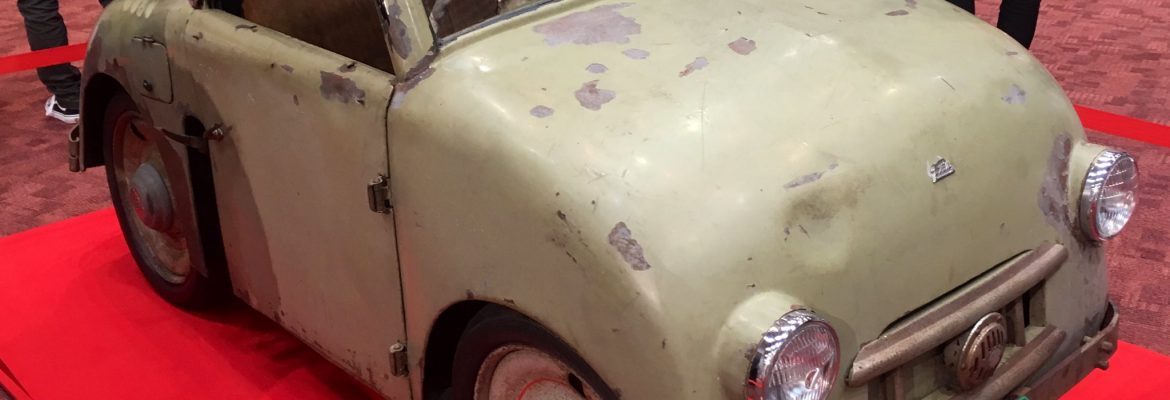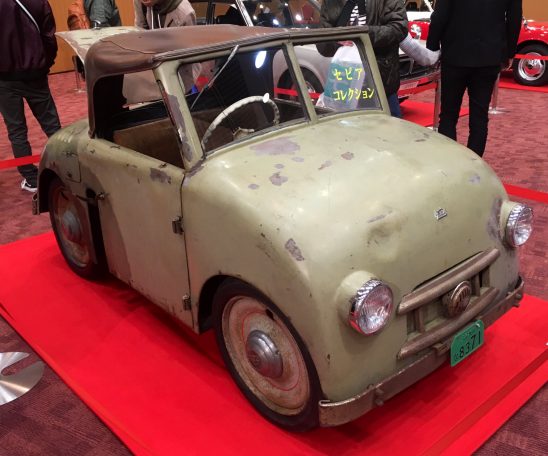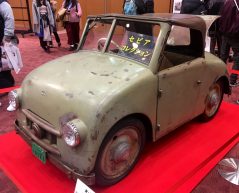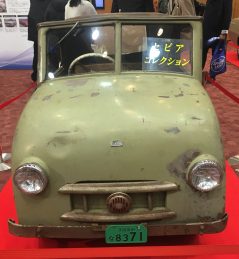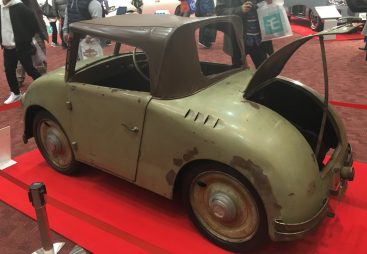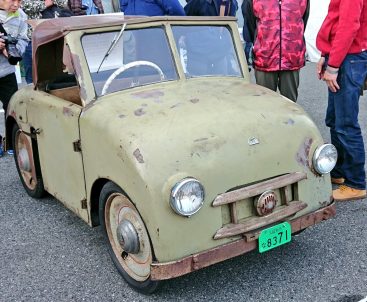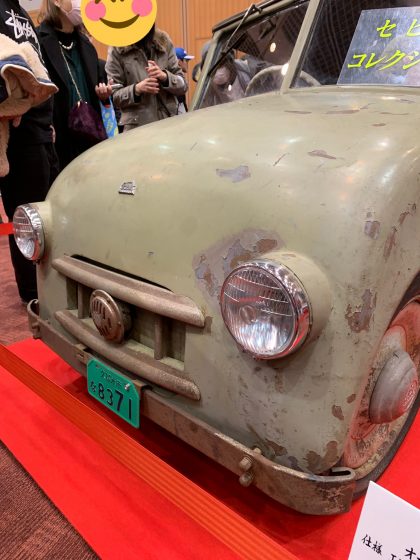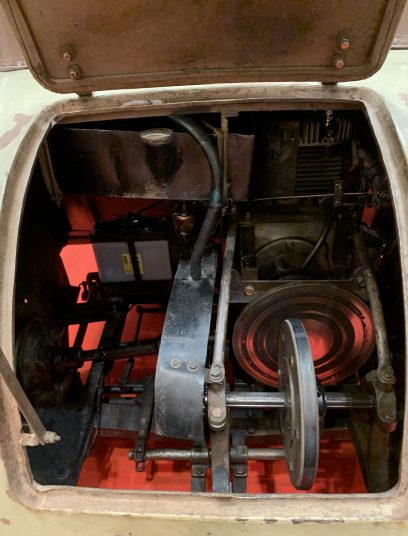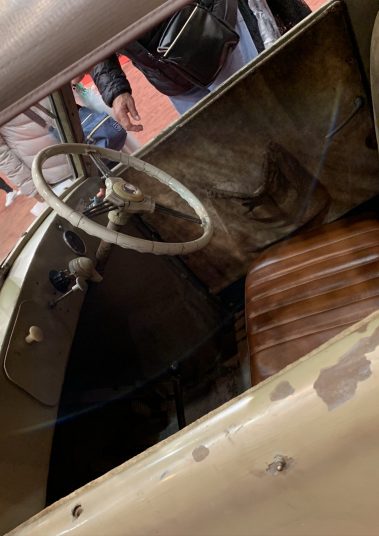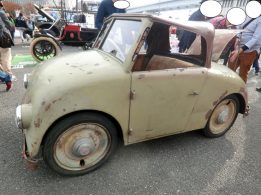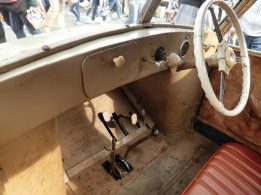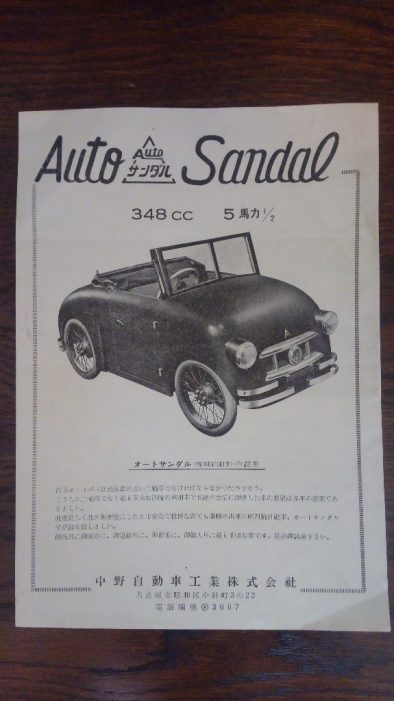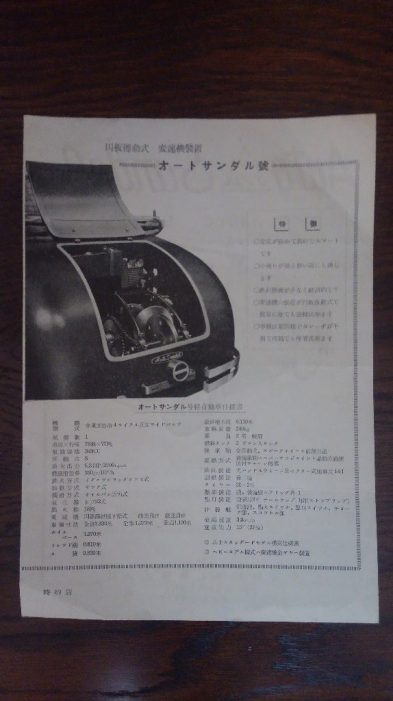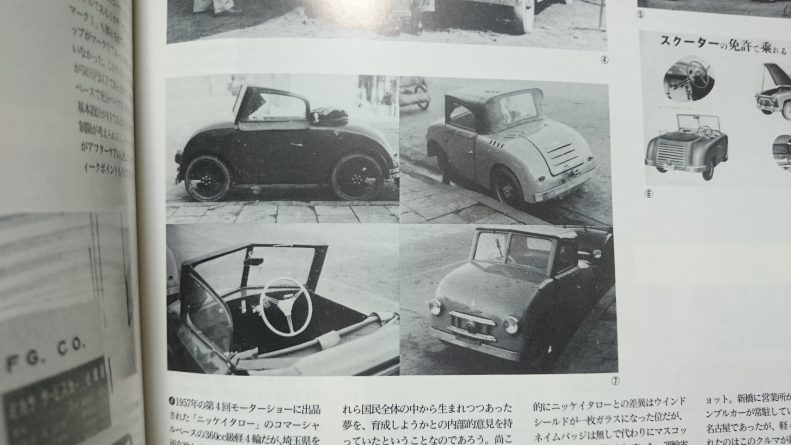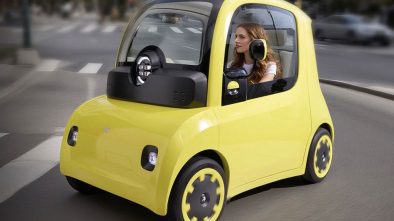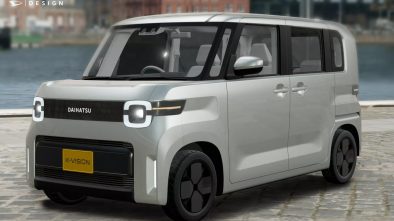Auto Sandal FS
After World War II, and in the midst of the postwar period, the Japanese government had to rebuild the country. One of the initiatives that were launched was the development of the idea of the so-called “Kei Car” or standard car. Greater mobility of people and goods was required to promote economic growth, at a time when most Japanese could not afford a mid-size car or a good motorcycle.
In July 1949, with the aim of encouraging companies to produce a “national” and affordable car for the masses (the typical people’s car), the Japanese government introduced tax incentives and facilities to acquire cars, and at the same time established the first required standards in the manufacture of automobiles. Vehicles had to have a maximum length of 2800mm and a maximum width of 1000mm. They should be really small cars.
In 1947, Nakano Yoshimishiro founded the “Nakano Automobile Kogyo Company Limited” in the Japanese city of Nagoya, which was reorganized in “Auto Sandal Motor Company” (日本オートサンダル自動車 ), establishing its headquarters in Tokyo. The new model would carry the brand Auto Sandal (オートサンダル). The name of the brand referred to a kind of typical Japanese sandal or shoe.
The first model was named the Auto Sandal FS. A 348 cc single-cylinder 4-stroke engine with side valves placed at the rear transmits its 5 hp at 2700 rpm of power by a friction transmission. A moving disc drives another transverse disc to create a linear automatic transmission. It is an impractical and cumbersome system. As a result, the engine is placed in the rear central position. It is manufactured by Mitsubishi and it kicks off with a kickstarter placed on the right side, in front of the rear wheel.
The car looks like a toy, it is 228 cm long and weighs 390 kg. It can reach 45 km/h. It is historically the first mini-car produced in Japan.
Its production began in December, 1952. Made by hand, each copy differs a little from the others. The sales catalogs announce with optimism that the powerful miniature car can carry 200 kg of load and that it can easily climb the mountains of Hakone or Suzuka. Prowess that even the Subaru 360 which will come out in 1958 and which has 3 times more power will have a hard time accomplishing.
